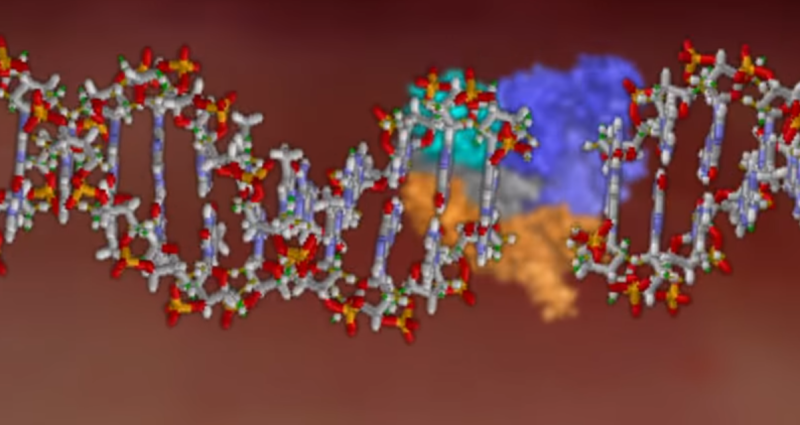Good reports on STAT and The Verge on a new technique in deploying the gene-editing tool CRISPR, as published today in Nature.
As STAT's Sharon Begley describes the current, inexact application of CRISPR on DNA, "Scientists basically whack the famed double helix with a molecular machete, often triggering the cell’s DNA repair machinery to make all sorts of unwanted changes to the genome beyond what they intended."
This new method is much more precise, enabling alterations to single letters of a genetic code. "The researchers think the new technique might eventually be able to edit human DNA to minimize the impact of the 25,000 single-letter mutations that are associated with human diseases," writes Arielle Duhaime-Ross in The Verge.
CRISPR pioneer George Church told both publications, "This is arguably the most clever CRISPR gadget to date."
http://www.theverge.com/2016/4/20/11450262/crispr-base-editing-single-nucleotides-dna-gene-liu-harvard
